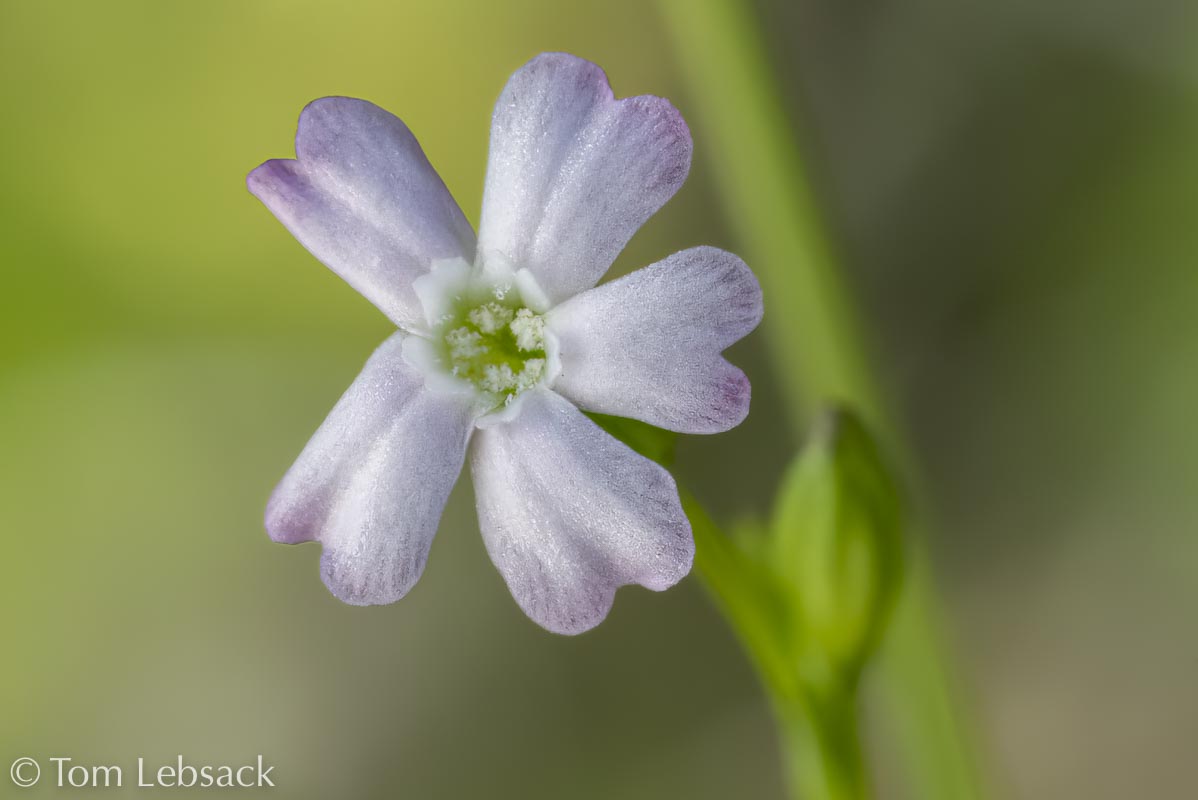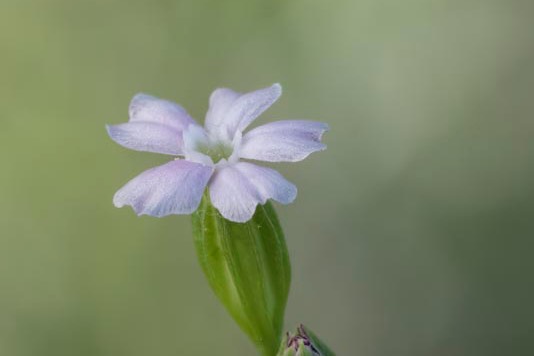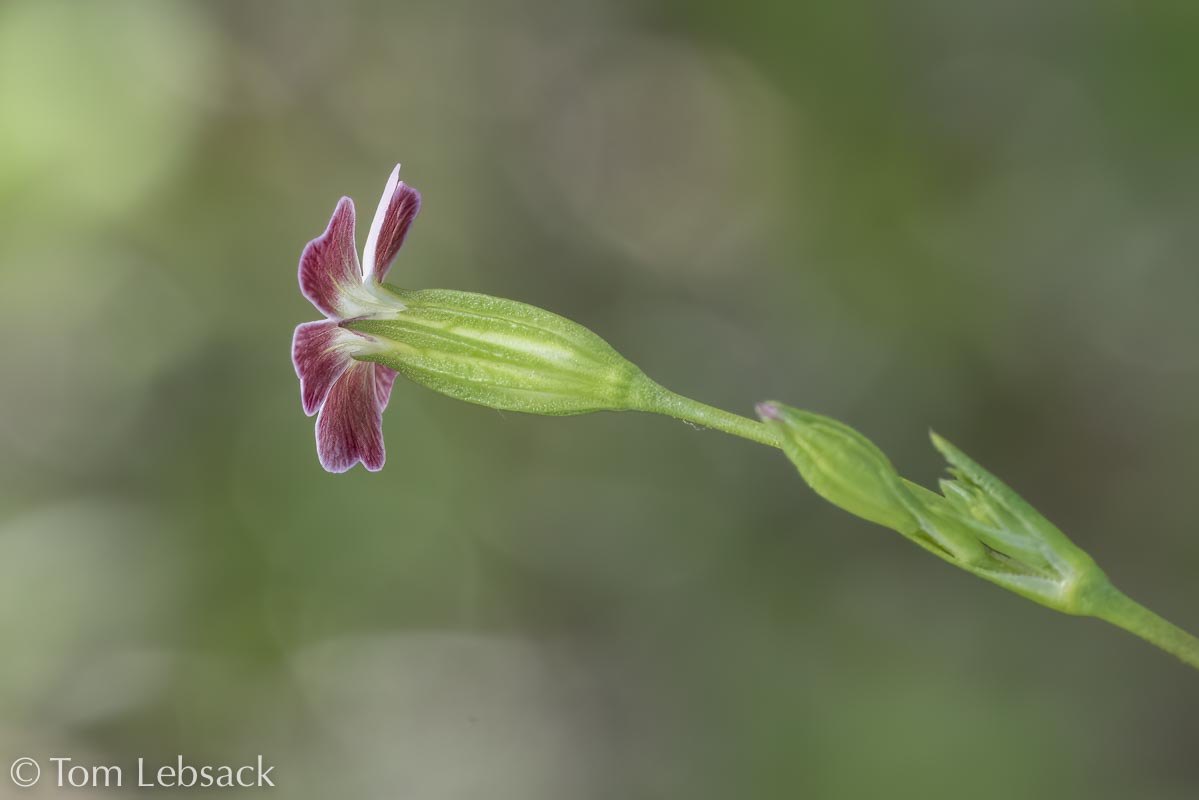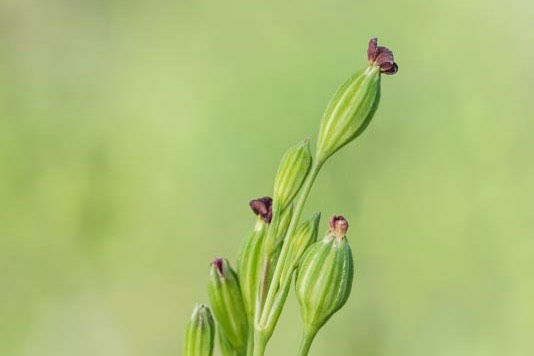Texas Wildbuds
Silene antirrhina
(Sleepy Catchfly)
| Scientific Name | Silene antirrhina | USDA PLANTS Symbol | SIAN2 |
| Common Name | Sleepy Catchfly, Sleepy Silene | ITIS Taxonomic Serial No. | 20045 |
| Family | Caryophyllaceae (Pink) | SEINet Reference |
Click Here |
| Description | Habitat: Sandy or gravelly soils, along roadsides, fields, disturbed areas, open woods; often appearing after burning. Plant: Slender, erect or ascending annual up to 32 inches tall; stems with a few or no branches, nearly hairless to minutely hairy and often sticky upper portions. Leaves: Linear to oblong-lanceolate blades, 3/4 to 2 inches long and less than 1/2-inch wide; basal leaves often have ciliate margins especially along the lower portions of the blade; stem leaves are opposite and sessile. Inflorescence: Branched cluster atop stems with a few to several flowers on pedicels 3/8 to 1-1/8 inches long; flowers are about 1/4-inch across with 5 bright pink or white spreading petals tipped with deep rose, each petal deeply notched at tip; 5 sepals below united into a nearly cylindrical tube about 1/4-inch long with 10 prominent ribs and pointed teeth; flowers open when the sun comes out. Bloom Period: March to September. Reference: "Manual of the Vascular Plants of Texas" by Correll and Johnston, "Wildflowers of Texas" by Michael Eason, SEINet and Minnesota Wildflowers. |
BONAP Distribution Map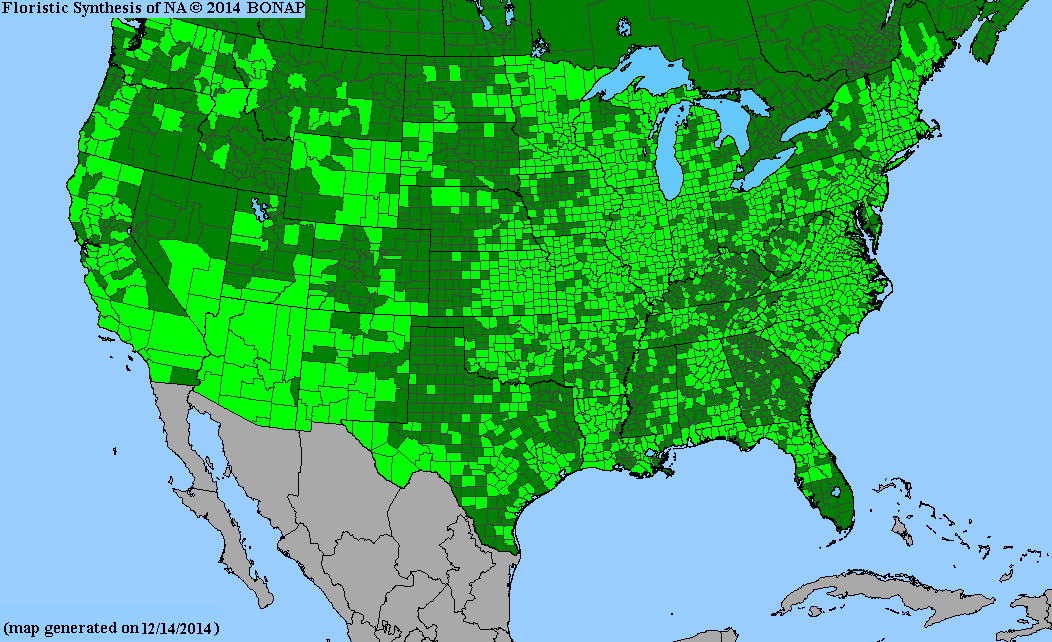 Map Color Key Map Color Key |
Texas Status: Native |
Banner photo of Castilleja indivisa and Lupinus ssp. taken along FM 1323 north of Johnson City, Blanco County
© Tom Lebsack 2025
Every attempt is made to provide accurate, up-to-date, and relevant information, but the completeness or accuracy of any information presented on this website cannot be guaranteed. I use authoritative references to insure high standards of accuracy and review and update the information frequently.
